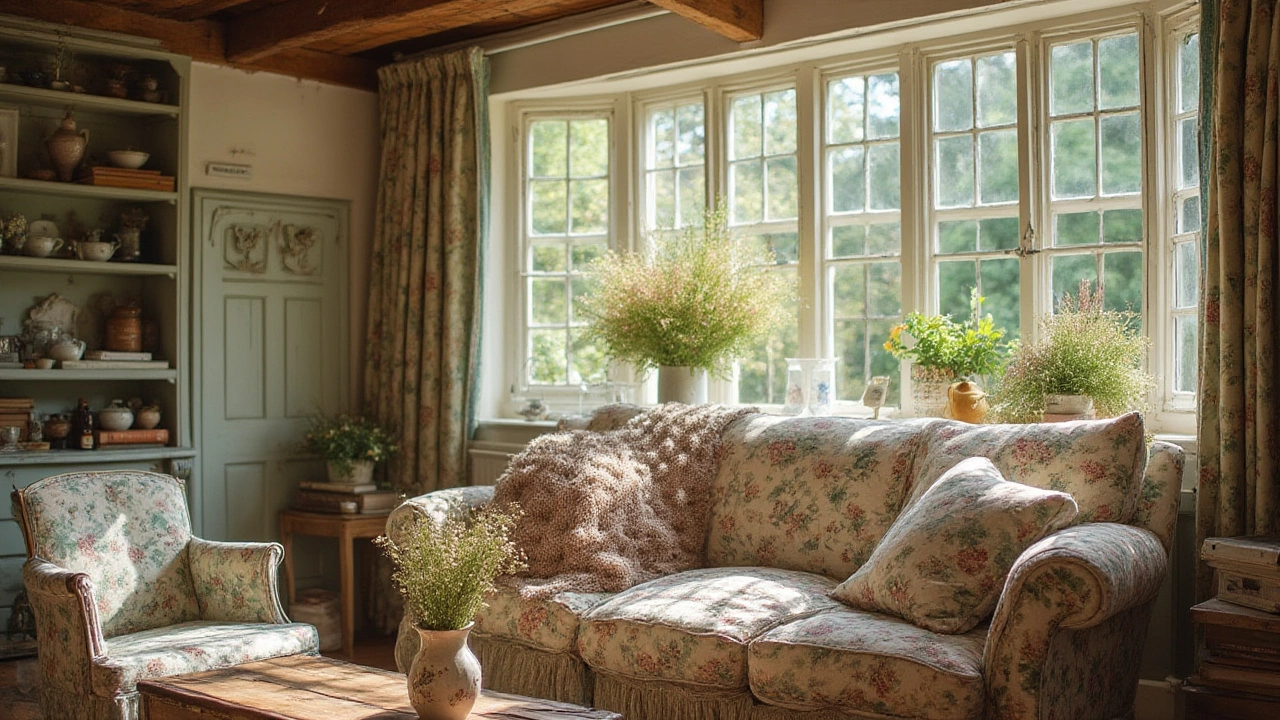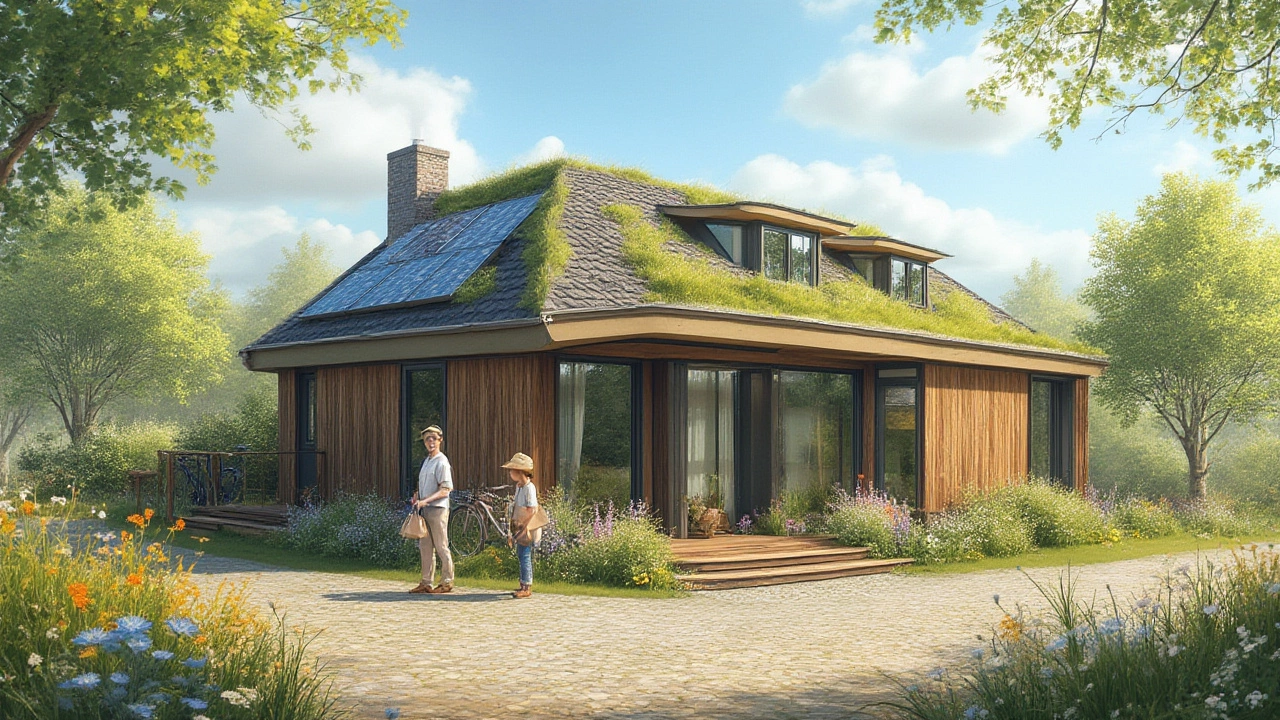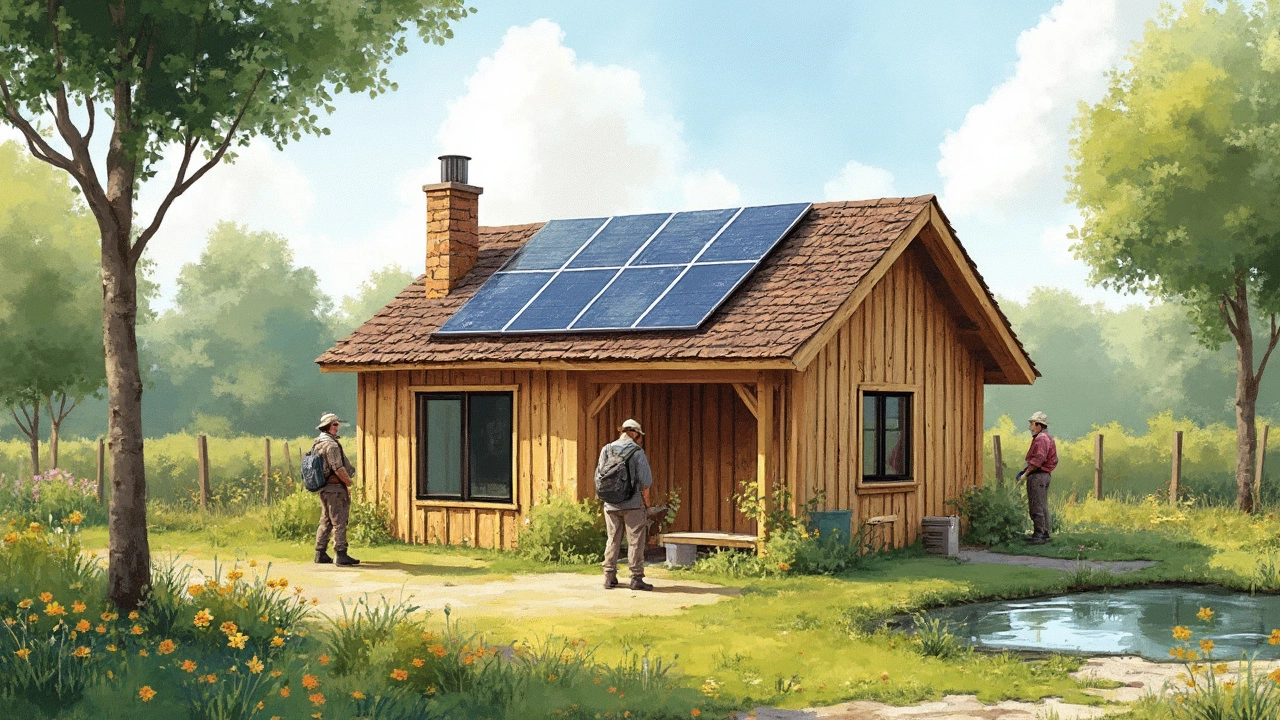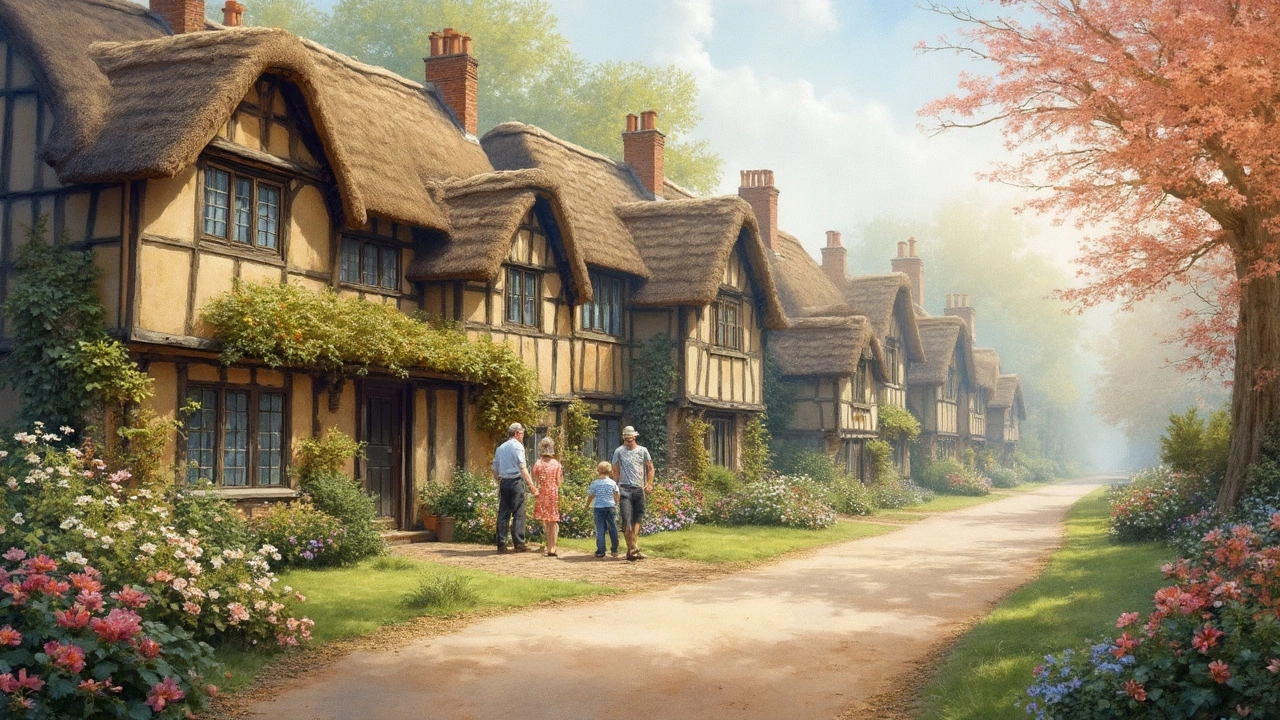Home And Living: Cozy Cottage Style & Sustainable Home Ideas
If you love the feel of a countryside retreat but live in a city flat, you can still bring that warm, lived‑in vibe inside. The trick is mixing rustic details with modern comforts, and doing it without blowing your budget. Below you’ll find quick ways to turn any room into a cottage‑style haven, plus solid advice on making your whole house greener.
Cottage‑Style Decor Made Easy
Start with the basics: soft, natural fabrics and a neutral colour palette. Think linen curtains, cotton throws, and muted greens or slate blues on the walls. These colours act like a backdrop, letting you add standout pieces without the room feeling cluttered.
Next, bring in wood. A reclaimed barn door, a simple pine coffee table, or exposed beams (even fake ones) give instant character. If you don’t have real beams, a strip of reclaimed wood on the wall works just as well.
Don’t forget the little touches that scream cottage. Open‑shelf kitchens filled with ceramic plates, mason‑jar storage, and vintage copper pans add a lived‑in feel. For the living area, a few well‑placed thrifted finds – a cracked mirror, an old wooden chest, or a set of hand‑painted cushions – make the space feel collected over time.
Lighting matters. Warm‑white bulbs in table lamps, floor lamps with fabric shades, and a few fairy‑light strands across a bookshelf create a soft glow that mimics a sunset over the fields.
Building & Living Green: Eco‑Friendly Home Tips
Going green isn’t just for new builds. Even if you’re renting, you can cut energy use and lower costs. Start with simple upgrades: LED bulbs, draft‑excluders for doors, and programmable thermostats. These changes pay off quickly on your utility bill.
If you own a property, think about the bigger picture. A well‑insulated roof and walls can reduce heating needs by up to 30 %. Adding a solar water heater or small photovoltaic panels can further shrink your carbon footprint while adding value.
When you plan a new cottage or a major remodel, aim for passive design. Place large windows on the south side to capture winter sun, and use shading devices like awnings or deciduous trees for summer. Pair this with a heat‑recovery ventilation system to keep indoor air fresh without losing heat.
Materials matter too. Choose locally‑sourced timber, recycled brick, or reclaimed stone. Not only do these options lower transport emissions, they also give your home a unique story that fits perfectly with cottage aesthetics.
Lastly, think about water. Low‑flow fixtures, rainwater barrels, and grey‑water recycling for garden irrigation can slash water use dramatically. Combine these with a small vegetable patch or herb garden, and you’ll see both savings and a boost in how connected you feel to the land.
Whether you’re sprucing up a single room or planning a full‑scale eco‑cottage, the key is to blend style with substance. Use natural textures for that cozy cottage feel, and layer on sustainable upgrades that pay off over time. By doing both, your home becomes a place you love to live in and a step toward a greener future.

Country Cottage Decor Ideas: How to Transform Your Home Into a Cozy Retreat
Discover how to transform your home into a country cottage with cozy decor, rustic furniture, cottagecore details, and inviting spaces that mix old and new effortlessly.
Continue Reading
Eco-Friendly House Costs: What You Really Pay for Sustainable Living
Thinking of building or buying an eco-friendly house? Here's what you need to know about the real costs, hidden savings, and surprising facts about green homes in 2025.
Continue Reading
Building an Eco-Friendly Cottage: Real-World Steps for Sustainable Small Homes
Discover how to build an eco-friendly cottage—from passive design tricks to water, energy, and material choices that truly matter. Your practical guide to a sustainable tiny home.
Continue Reading
Do Cottages Still Exist? Discover the Charm, History, and Modern Realities of Cottages
Explore if cottages still exist today, from their historical roots to their modern reinventions, and get practical tips for experiencing authentic cottage living.
Continue Reading